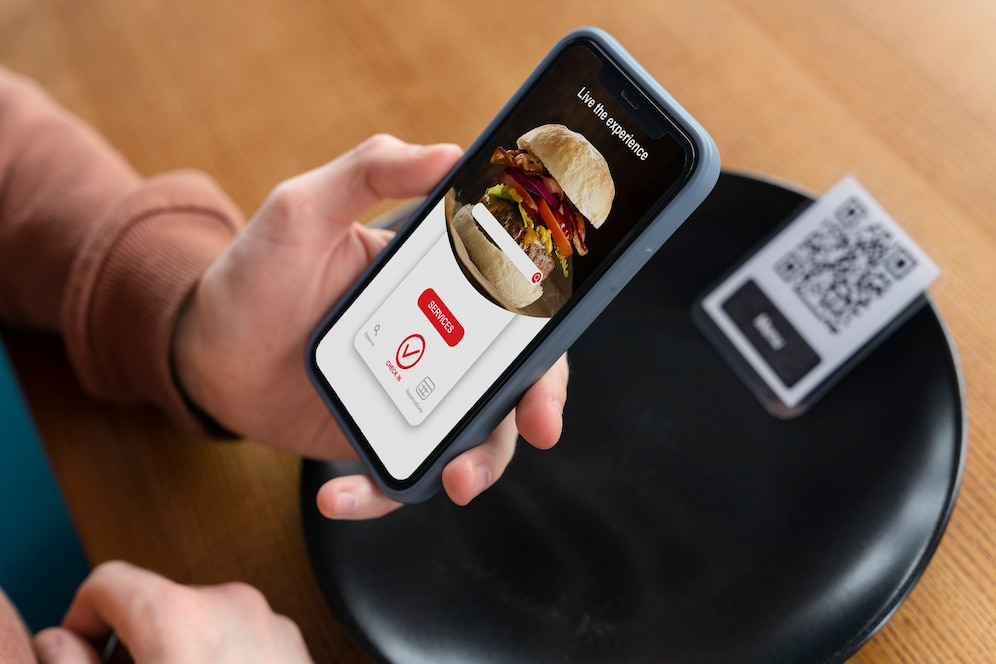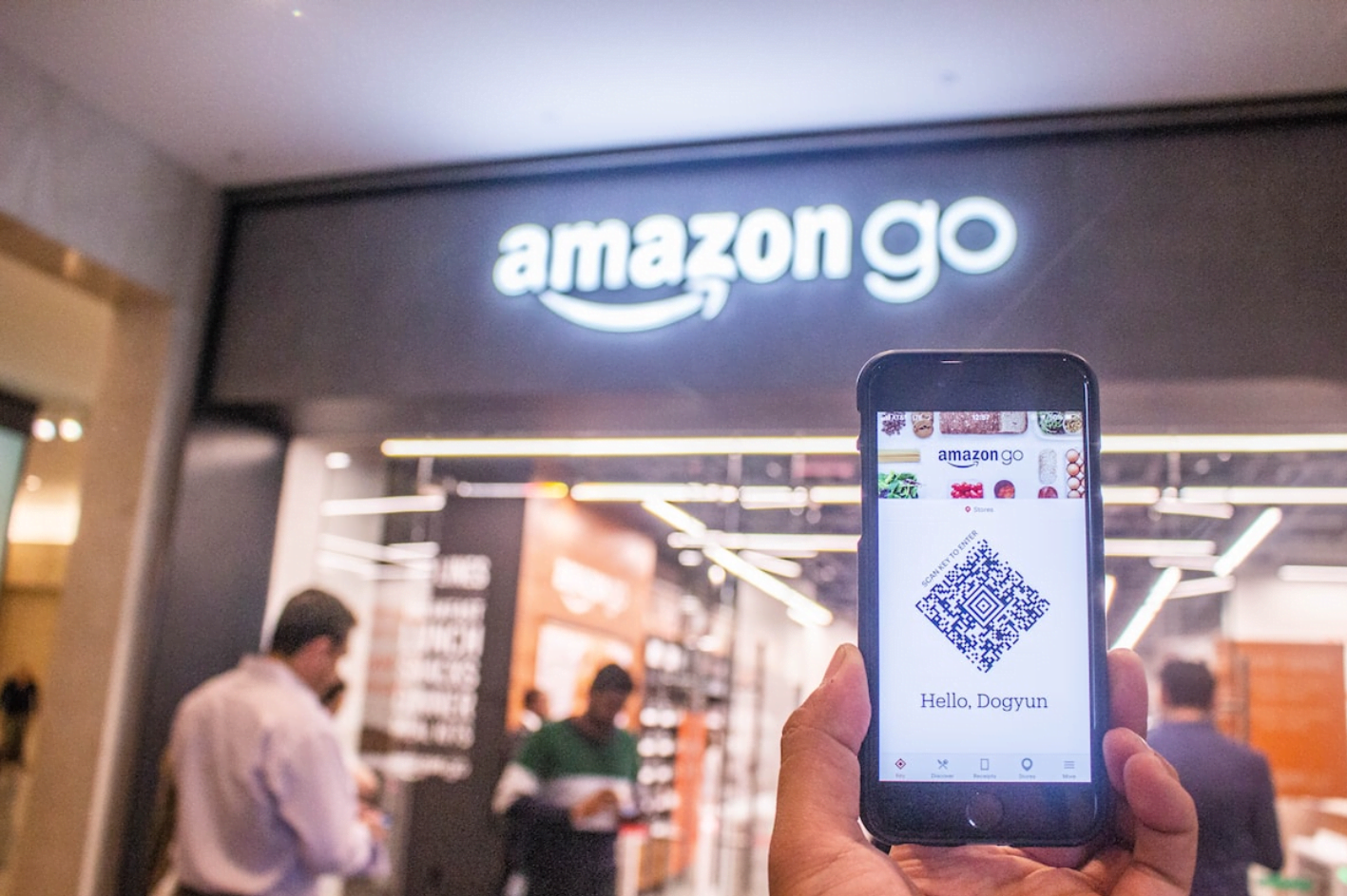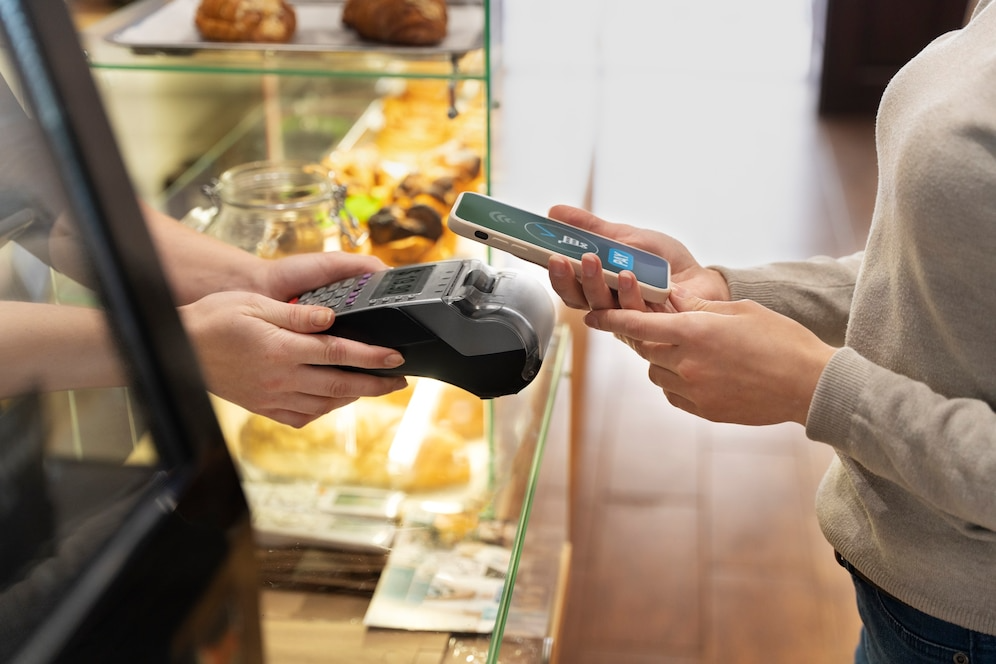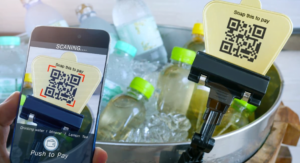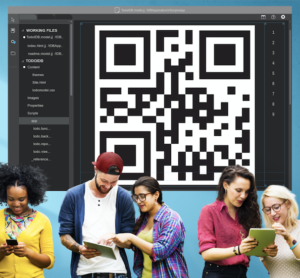In today’s digital age, advertising strategies are constantly evolving to keep up with changing consumer behavior and technological advancements. One such innovation that has gained significant popularity is the use of QR codes in digital advertising. QR codes, or Quick Response codes, are two-dimensional barcodes that can be scanned using a smartphone or other QR code reader to quickly access digital content. In this article, we will explore the power of QR codes in digital advertising and how they can revolutionize marketing campaigns.
What are QR Codes?
QR codes are matrix barcodes that consist of black squares arranged on a white background. These codes can store various types of information, such as URLs, text, contact details, or even multimedia content. By scanning a QR code with a smartphone’s camera, users can access the information embedded within the code instantly.
The Rise of QR Codes in Digital Advertising
QR codes have seen a significant surge in popularity in recent years. With the widespread adoption of smartphones and the ease of scanning QR codes, businesses have recognized their potential as a powerful marketing tool. QR codes provide a seamless bridge between the physical and digital worlds, allowing advertisers to engage with consumers in new and innovative ways.
Benefits of Using QR Codes in Digital Advertising
- Improved Call-to-Action: QR codes enable advertisers to provide a direct call-to-action to consumers, encouraging them to interact with a brand or product.
- Enhanced User Experience: By scanning QR codes, users can access additional information, exclusive offers, or engaging multimedia content, enhancing their overall experience.
- Trackable and Measurable: QR codes can be tracked and measured, providing valuable insights into consumer engagement, campaign effectiveness, and conversion rates.
- Cost-Effective: Implementing QR codes in advertising campaigns can be cost-effective compared to traditional marketing channels.
- Versatile and Customizable: QR codes can be customized to match a brand’s aesthetics and integrated seamlessly into various marketing materials, including print ads, product packaging, and digital platforms.
Enhancing Consumer Engagement with QR Codes

QR codes enable brands to engage with consumers in a more interactive and personalized manner. By scanning a QR code, users can access product details, watch videos, participate in contests, or even receive discounts or promotions. This interactive element helps to create a deeper connection between the brand and the consumer, fostering brand loyalty and driving customer engagement.
Increasing Conversion Rates with QR Codes
QR codes can be strategically placed in advertising materials to drive conversion rates. For instance, by placing QR codes on product packaging or in-store displays, advertisers can encourage consumers to make immediate purchases, sign up for newsletters, or join loyalty programs. This streamlined process eliminates friction in the customer journey, increasing the likelihood of conversion.
Tracking and Analytics with QR Codes
One of the significant advantages of QR codes in digital advertising is the ability to track and analyze user engagement. Marketers can gain insights into how many times a code is scanned, which locations generate the most scans, and even demographic information about the users. This data allows for more targeted and data-driven marketing strategies, optimizing campaigns for better results.
Integrating QR Codes into Marketing Campaigns

To maximize the effectiveness of QR codes in digital advertising, they should be seamlessly integrated into marketing campaigns. This integration involves strategic placement, clear call-to-action instructions, and relevant content behind the codes. Advertisers should consider the target audience, campaign objectives, and desired consumer actions when incorporating QR codes into their marketing materials.
Best Practices for Using QR Codes in Digital Advertising
To ensure optimal performance and user experience, it is essential to follow best practices when using QR codes in digital advertising:
- Provide Value: Offer users valuable content, exclusive offers, or incentives to encourage them to scan the QR code.
- Optimize Landing Pages: Ensure the landing page linked to the QR code is mobile-friendly, loads quickly, and provides a seamless user experience.
- Test and Monitor: Regularly test and monitor QR codes to identify any issues, ensure accuracy, and track performance.
- Promote and Educate: Educate consumers about QR codes and how to scan them, and actively promote the benefits and value they provide.
- Keep it Simple: Avoid overcrowding QR codes with too much information. Keep them clean, visually appealing, and easy to scan.
Challenges and Considerations with QR Codes
While QR codes offer numerous benefits, there are some challenges and considerations to keep in mind:
- Awareness and Adoption: Not all consumers are familiar with QR codes or know how to scan them, requiring education and promotion efforts.
- Code Placement and Accessibility: QR codes should be placed strategically to ensure easy scanning and accessibility for users.
- Security and Privacy: Advertisers must prioritize user privacy and ensure that the content behind the QR codes is secure and trustworthy.
Future Trends and Innovations in QR Code Advertising
As technology continues to evolve, so does the potential for QR codes in digital advertising. Some future trends and innovations in QR code advertising include:
- Dynamic QR Codes: Dynamic QR codes can be edited and updated after they have been printed, allowing for real-time changes and customization.
- Augmented Reality Integration: QR codes can be combined with augmented reality (AR) technology to provide immersive and interactive experiences for users.
- Voice-Activated QR Codes: Voice-activated QR codes can enable users to interact with brands and access content by using voice commands instead of scanning.
Successful QR Code Campaigns
Several brands have leveraged QR codes successfully in their advertising campaigns. For example, Starbucks used QR codes on their cups to provide customers with nutritional information and promote their rewards program. Nike also incorporated QR codes into their retail stores, allowing customers to access product details and reviews.
QR Codes in Cross-Channel Marketing
QR codes can be used as a bridge between various marketing channels, connecting offline and online experiences. They can be utilized in print ads, billboards, product packaging, social media, and email campaigns, among others. This cross-channel integration helps to create a cohesive brand experience and drives engagement across different touchpoints.
Security and Privacy Concerns with QR Codes
As with any digital technology, security and privacy concerns exist with QR codes. Advertisers should ensure that the content linked to QR codes is safe and free from malware or malicious intent. Additionally, obtaining user consent for collecting and using data is crucial to maintain trust and comply with privacy regulations.
FAQs
Are QR codes only used for advertising?
QR codes have applications beyond advertising. They can be used in various industries, such as retail, logistics, event management, and more. They offer convenience, efficiency, and a seamless way to access digital content.
Do users need a specific app to scan QR codes?
Most smartphones now have built-in QR code readers in their camera apps. Users can simply open their camera and point it at a QR code to scan it. However, there are also dedicated QR code scanner apps available for download.
Can QR codes be customized with branding?
Yes, QR codes can be customized to match a brand’s aesthetics by adding colors, logos, and other design elements. However, it’s important to ensure that the QR code remains scannable and readable after customization.
How can I track the performance of QR codes?
There are various QR code tracking and analytics tools available that provide insights into scan rates, user demographics, location data, and other metrics. These tools help measure the effectiveness of QR code campaigns and optimize future strategies.
What is the future potential of QR codes?
The future of QR codes looks promising. With advancements like dynamic QR codes, integration with augmented reality, and voice-activated interactions, QR codes will continue to evolve and find new applications in digital advertising and beyond.
Conclusion
QR codes have emerged as a powerful tool in digital advertising, revolutionizing the way brands engage with consumers. With their ability to enhance consumer engagement, increase conversion rates, and provide valuable data and insights, QR codes offer a unique and interactive advertising experience. By following best practices, considering challenges, and staying informed about future trends, businesses can leverage the power of QR codes to drive successful marketing campaigns.

